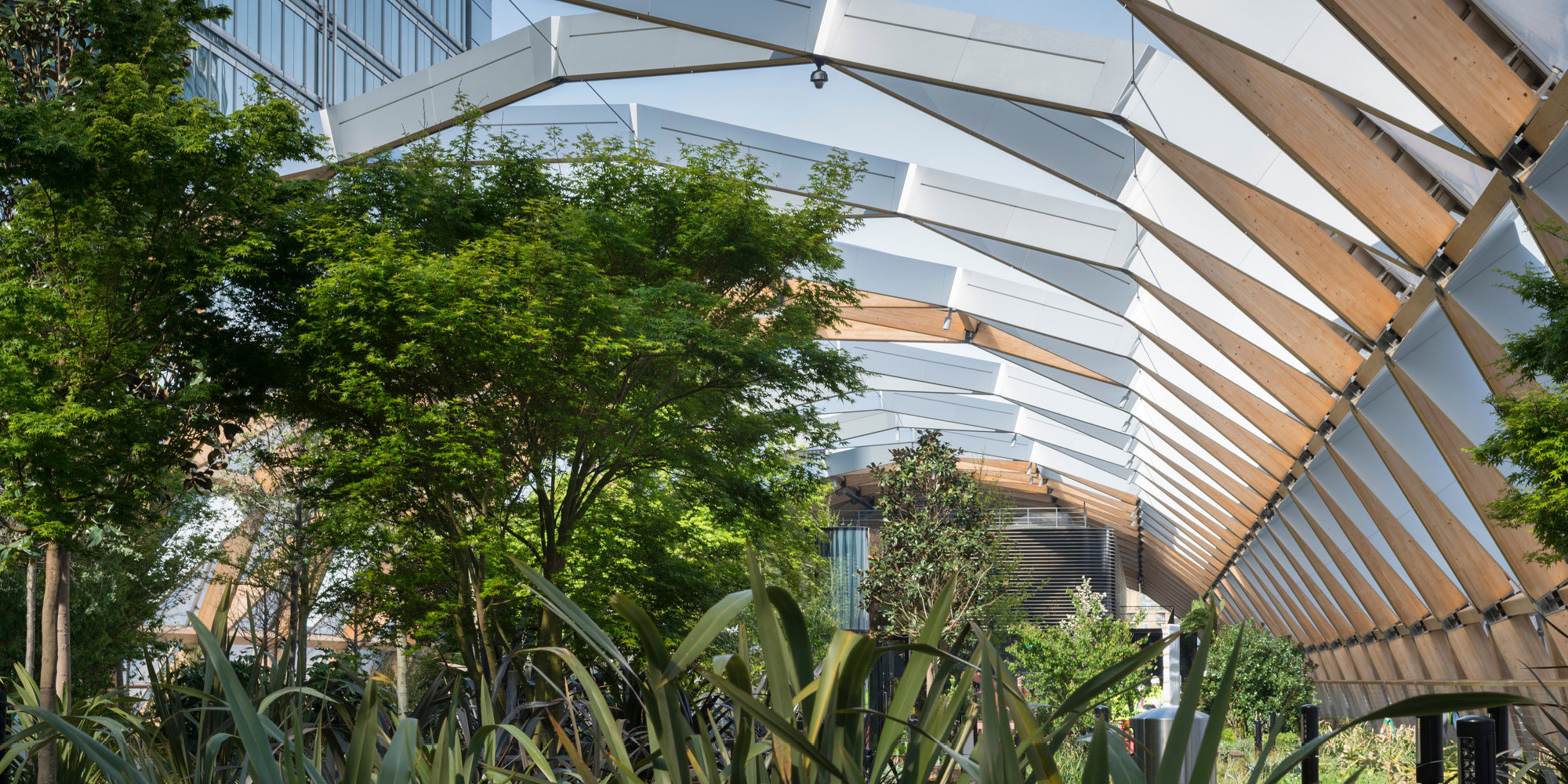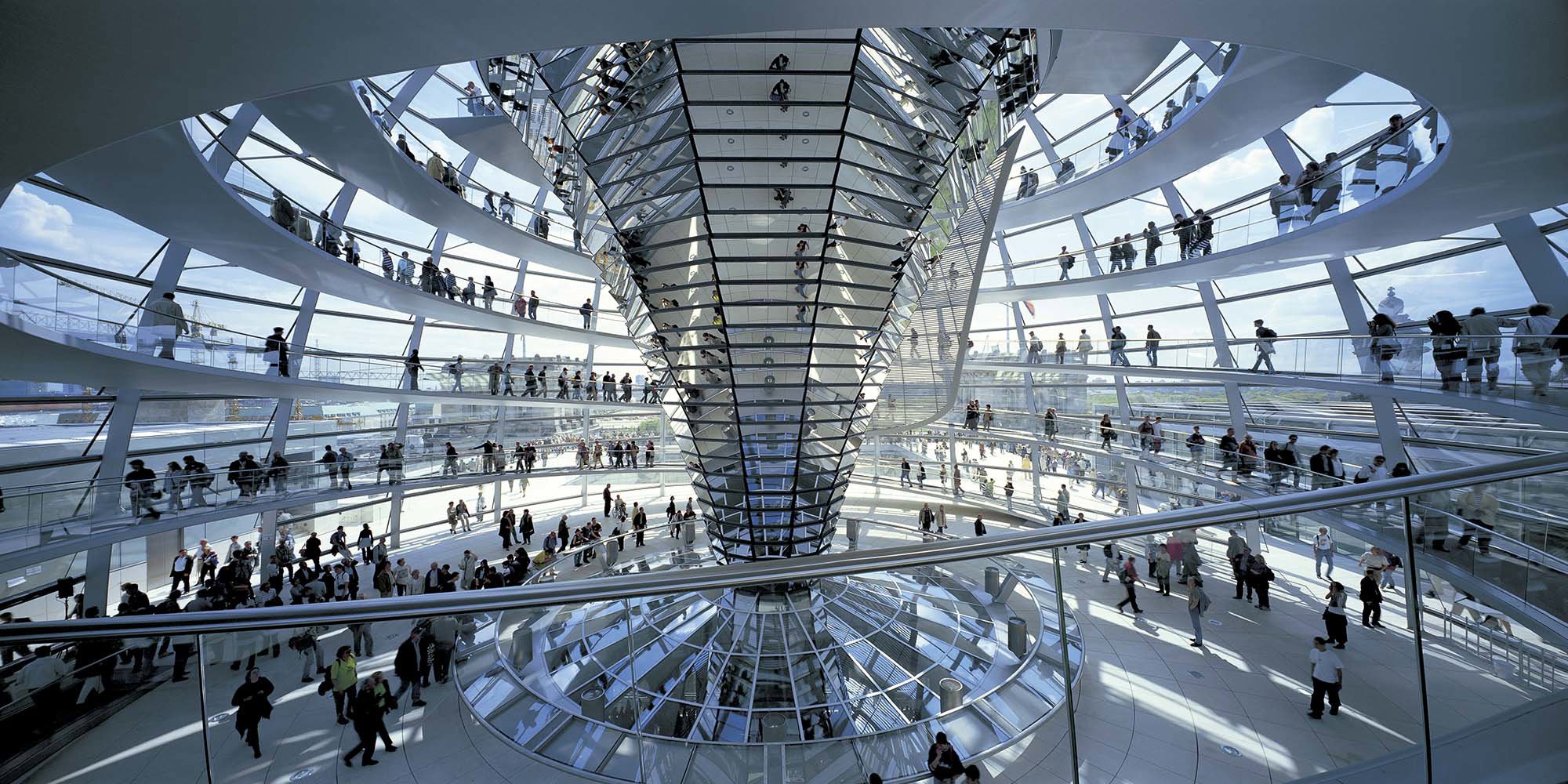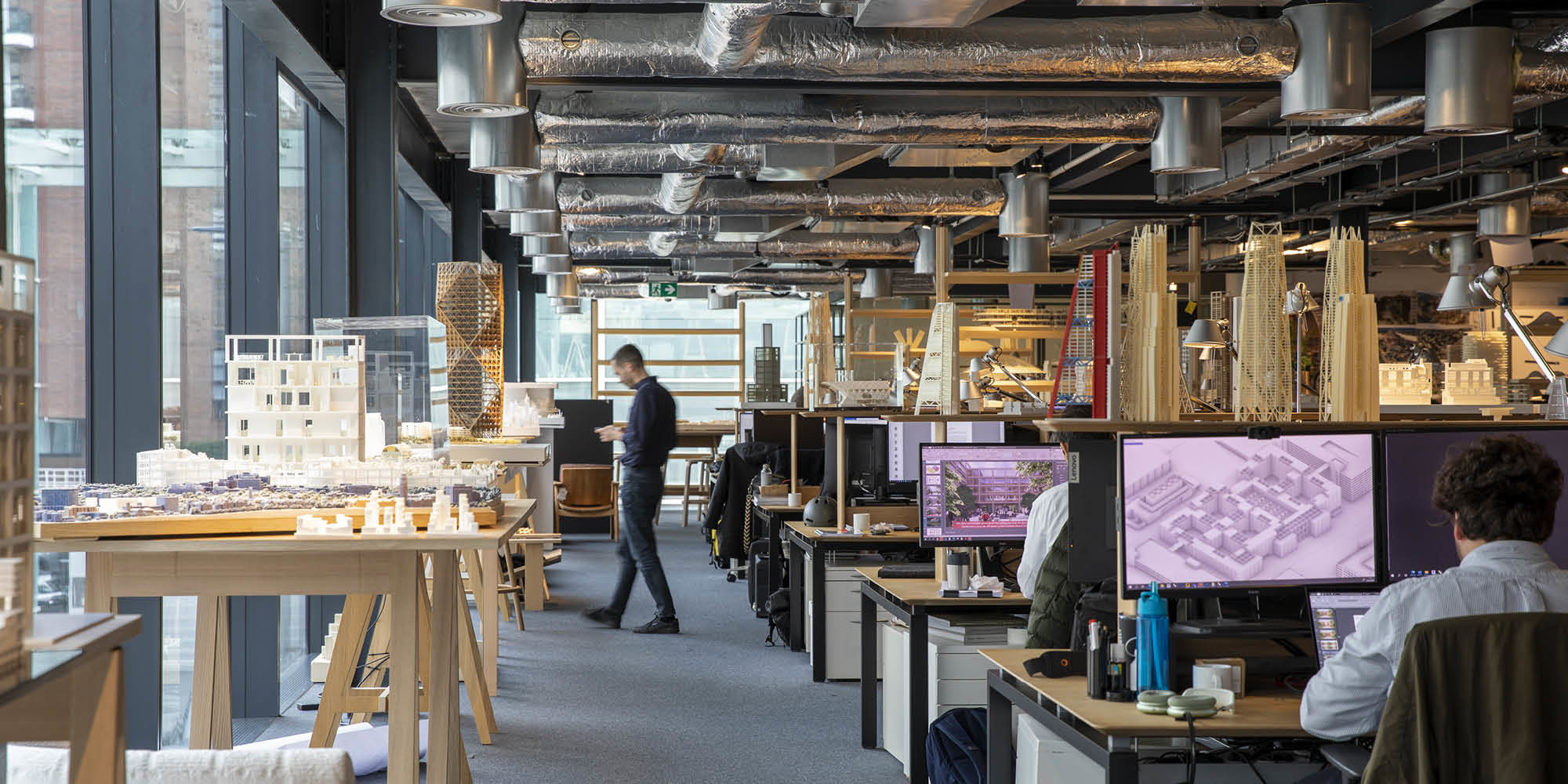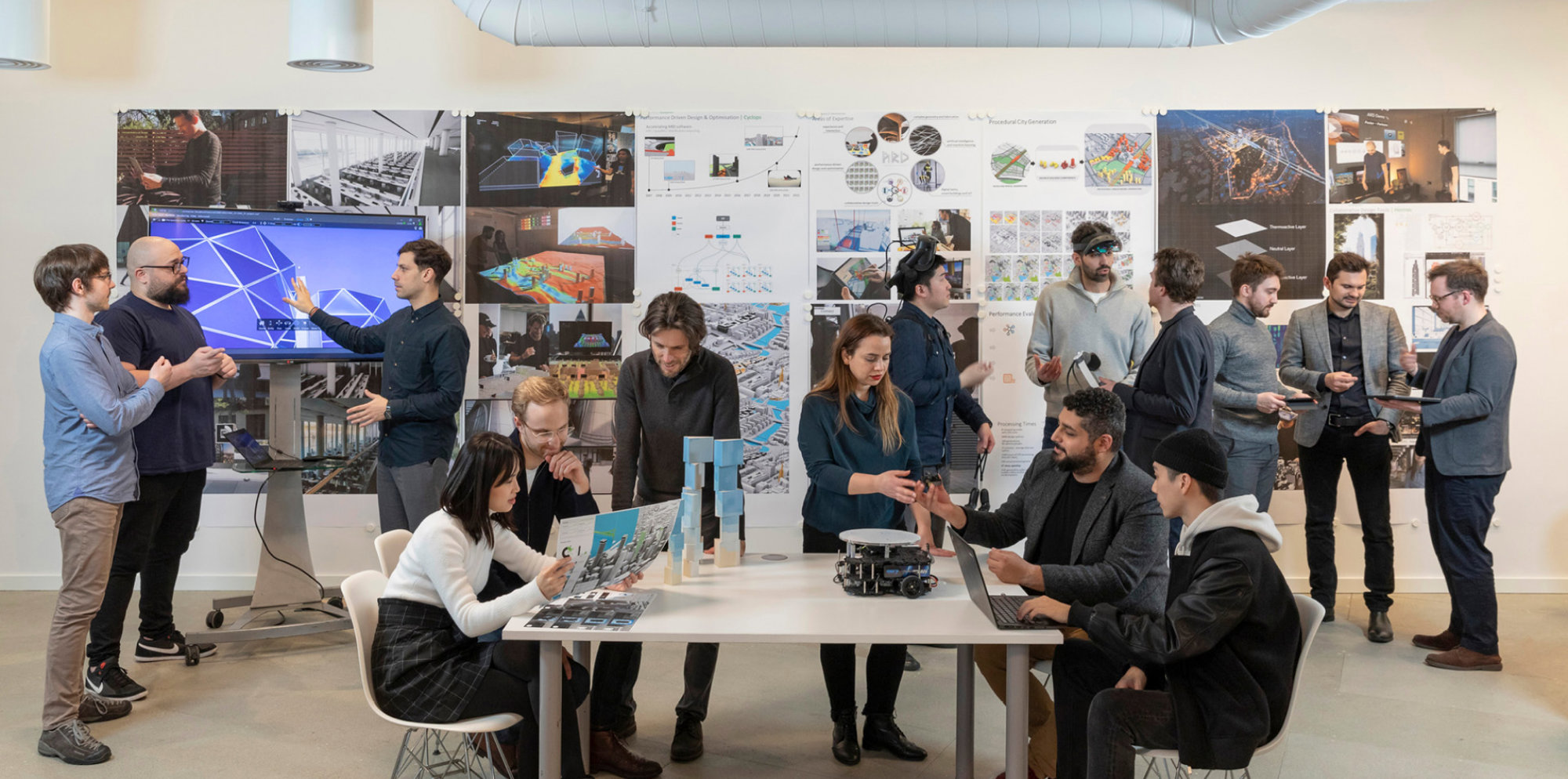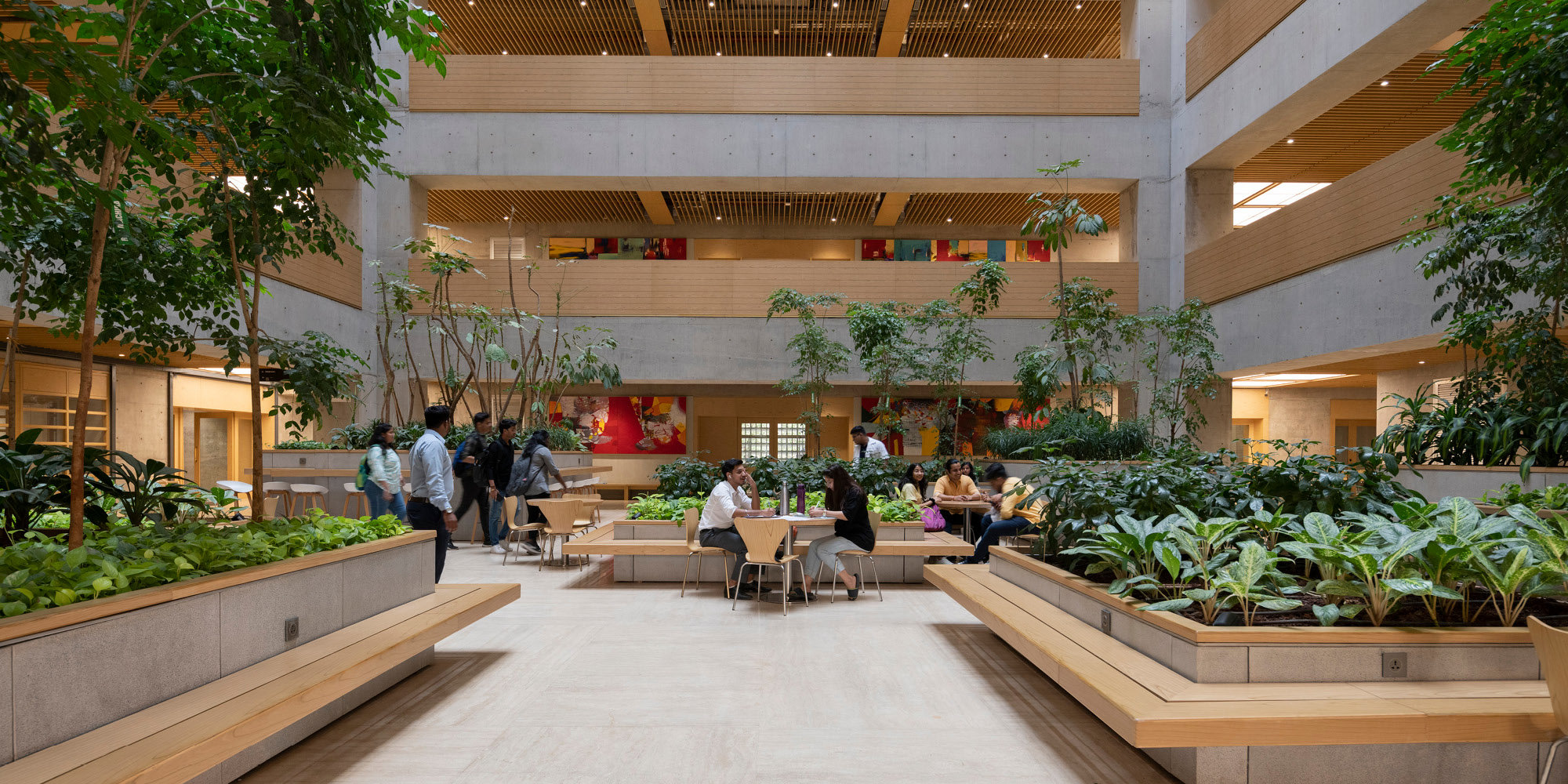The climate crisis, and its exacerbation of natural hazards such as wildfires and flooding, requires a robust and joined-up response. In the following article, climate resilience experts within Foster + Partners and the broader design sector discuss how architects, engineers, and urban planners can create projects that are adaptable, long-lasting, and quick to recover.
Forming the first of a series, the following article asks how climate resilience fits into a broader question of resilient design.

